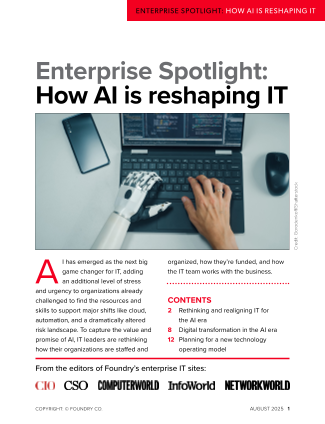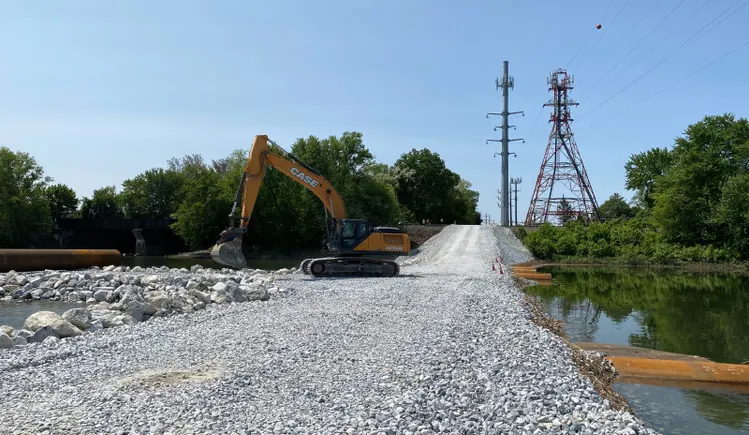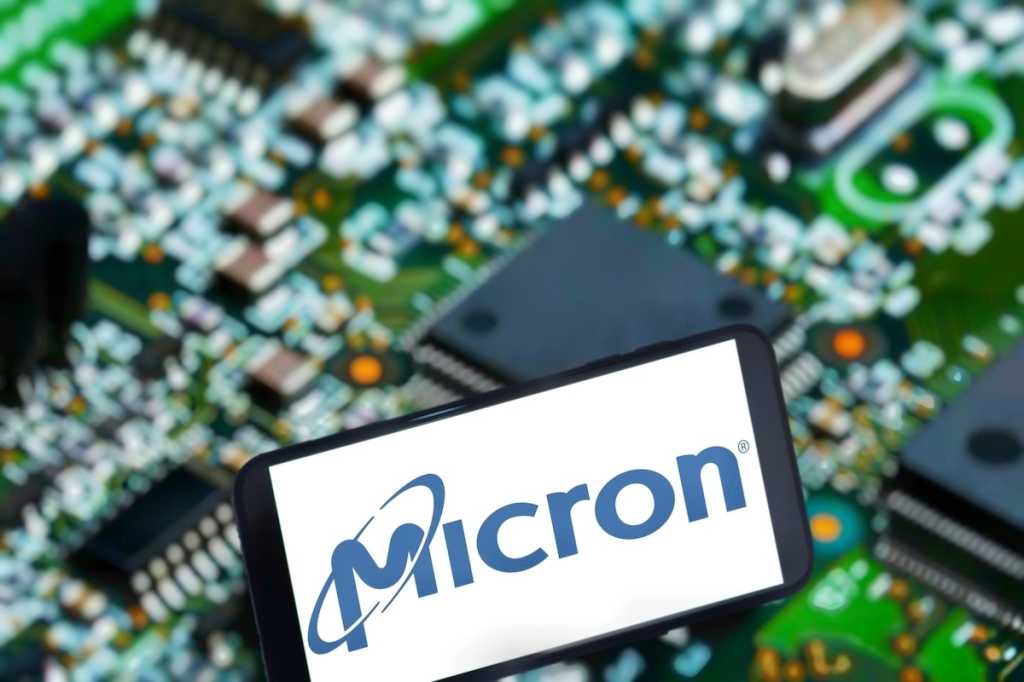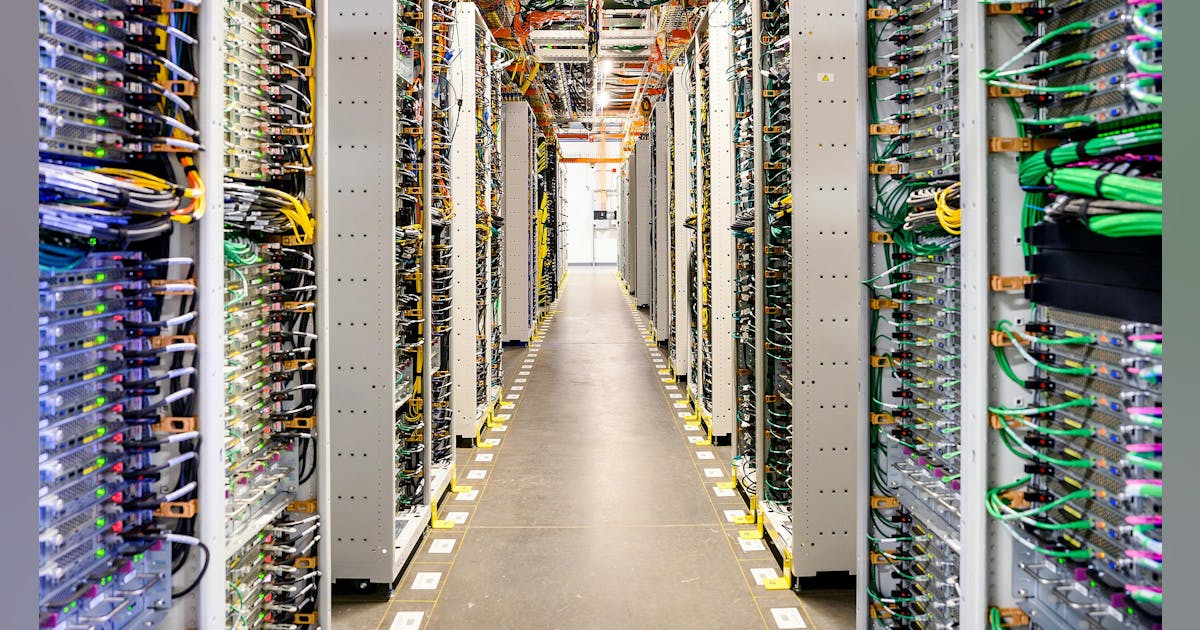
U.S. upstream M&A decelerated in the second quarter of 2025, Enverus Intelligence Research (EIR) outlined in a statement sent to Rigzone recently, adding that value fell 21 percent quarter over quarter to $13.5 billion.
“That is the second lowest quarterly deal value since the start of 2024 and placed 1H25 M&A value at $30.5 billion, a 60 percent drop compared to the first half of 2024,” EIR said in the statement.
“Value was heavily driven by just two large transactions – EOG’s purchase of Encino Acquisition Partners in the Utica and Viper Energy Partners rare public mineral merger with Sitio Royalties,” it added.
“Combined, these two transactions accounted for over 75 percent of second quarter deal value. The lack of breadth in deal markets was reflected in the count of transactions over $100 million with just eight deals topping that benchmark, a tie for the lowest total since 2020,” EIR went on to state.
A table of the top five U.S. upstream deals of the second quarter, which was included in EIR’s statement, showed the EOG – Encino deal at the top with a deal value of $5.6 billion, followed by the Viper Energy Partners – Sitio Royalties deal with a value of $4.06 billion. An EQT – Olympus Energy property deal was ranked third in the table, with a value of $1.8 billion, a Permian Resources – APA property deal was ranked fourth, with a value of $608 million, and a TXO/North Hudson – White Rock Energy property deal was ranked fifth, with a value of $475 million.
In a statement posted on its site back in April, EQT announced an agreement to acquire upstream and midstream assets of Olympus Energy for $1.8 billion. In a statement posted on its site in May, Permian Resources announced a “strategic Northern Delaware Basin bolt-on acquisition”, noting that it had entered into a definitive agreement with APA “to purchase approximately 13,320 net acres, 8,700 net royalty acres, and 12,000 barrels of oil equivalent per day directly offset Permian Resources’ core New Mexico operating areas for $608 million”.
Also in May, TXO Partners announced in a statement posted on its website that it had entered into a purchase agreement with White Rock Energy to purchase producing assets in the Elm Coulee field in the Williston Basin of Montana and North Dakota. TXO noted in that statement that “the agreement was signed in partnership with North Hudson Resource Partners LP, whose affiliates will acquire a 30 percent non-operated interest in the White Rock assets”.
“Volatility in commodity and equity markets raised a major yellow flag for M&A, slowing the pace of dealmaking,” Andrew Dittmar, principal analyst at EIR, said in the EIR statement.
“That added an additional barrier to a market that was already challenged by the lack of remaining attractive opportunities for public E&Ps, especially in the Perman Basin,” he added.
“The engine of M&A over the last few years has sputtered and stalled, given there are just a few remaining targets and, outside the rare opportunity like APA’s deal with Permian Resources, it is not a region public companies are likely to pick for non-core asset sales,” Dittmar continued.
With the Permian and other major unconventional plays increasingly locked down by large public operators, buyers are taking more creative maneuvers to secure undeveloped inventory, EIR said in the statement.
“EOG supercharged its exposure to the Utica liquids window, adding it as a third pillar of the company’s business along with the Delaware Basin and Eagle Ford,” EIR noted.
“Its acquisition of Encino for $5.6 billion cemented EOG’s frontrunning position in the liquids play. Encino, backed by the Canada Pension Plan Investment Board, held the most remaining liquids-focused remaining inventory among non-family private E&Ps,” it added.
“EOG also added substantial exposure to the gas window of the Utica with the acquisition,” EIR highlighted.
Dittmar highlighted in the statement that, “after having a Permian-centric market for the last few years, the race to add economic locations is pushing buyers into a more geographically diverse set of deals”.
“The challenge for larger public operators is that only a few of the emerging regions, like the Utica and Uinta, offer the scale of resource they need,” he added.
“While companies have so far been reluctant to look outside the U.S., eventually that will likely need to include assets in Canada or other international areas like Argentina’s Vaca Muerta,” he went on to note.
While public companies contend with the lack of remaining attractive private acquisition targets, private equity firms themselves are looking to refuel portfolios following a frenetic pace of exits over the last few years, EIR said in the statement.
“In contrast to public operators, private capital has more flexibility in the types of deals and assets pursued as well as not needing the same scale as public companies,” the company stated.
“Some are returning to the Permian Basin, where firms have clocked many of their biggest wins, picking up small assets or focusing on extensional areas not yet consolidated by large operators. However, the biggest opportunities are likely to be in areas off the radar of public companies,” it added.
“The SCOOP | STACK in Oklahoma is one such region where public companies are more likely to be sellers than buyers and a key candidate for non-core asset sales by the large buyers of the last few years like ConocoPhillips,” it continued.
“Private firms may also look at secondary plays including other parts of the Permian like the Central Basin Platform or the older Rockies regions like the Piceance and San Juan basins,” it noted.
Dittmar warned in the statement that “recharging portfolio companies is going to be more challenging for private firms … particularly those that want to pursue a resource delineation strategy that often generates the highest returns”.
“The basic challenge for many buyers in the U.S. whether public or private is that there is too much existing production and not enough remaining inventory. That changes acquisition strategies and expected returns on deals,” he said.
EIR highlighted in the statement however, that, “for a few types of buyers … the opportunity set in the market is expanding rather than shrinking”.
“Those would be groups and companies that primarily target production-heavy assets like upstream master limited partnerships (MLPs). Mach Natural Resources and TXO Partners, both upstream MLPs, have been active consolidators of mature assets,” the company said.
“TXO teamed up with North Hudson to acquire Williston assets from White Rock Energy for $475 million during the second quarter while Mach announced $1.3 billion worth of deals early in 3Q, adding assets in the San Juan Basin and Central Basin Platform,” it added.
“The TXO deal was particularly interesting because the company plans to focus on redevelopment or ‘refrac’ opportunities on the legacy wells,” EIR continued.
The company went on to note in the statement that another buyer group that may not mind production heavy assets are international firms looking to gain exposure to U.S. hydrocarbons.
“Asia-based companies with LNG import commitments are an emerging force for buying Gulf Coast area gas assets,” EIR said.
“These firms may not mind a large base of existing production that lessens development risk. The combination of accelerating international interest in gas linked to Gulf Coast LNG plus emerging datacenter demand in Appalachia has the potential to rev up gas M&A,” it added.
Dittmar noted that, “while gas E&Ps don’t have the same urgency to add inventory as their oil-focused counterparts, companies are still willing to undertake financially accretive deals with clear operational synergies”.
“EQT is one example, buying Olympus Energy for $1.8 billion in a deal that boosted shareholder return metrics and allowed it to tie more of its southwestern Pennsylvania asset base into an emerging datacenter and industrial corridor outside Pittsburgh,” he said.
EIR went on to highlight in the statement that one type of deal that has been notably absent this year is public company consolidation, which it pointed out was “a key component of the market in 2023 and 2024”.
“The one exception is Viper’s merger with Sitio, which was also just the second major public company merger Enverus has tracked in the relatively niche mineral and royalty market,” EIR said in the statement.
“Viper, which has emerged as the most active consolidator of Permian royalties, was able to leverage its premium valuation to strike a financially accretive deal for Sitio,” it added.
In a statement sent to Rigzone back in April, EIR highlighted that U.S. upstream M&A “opened 2025 with $17 billion in deal value, the second-best start to a year since 2018”.
The company added in that statement, however, that “activity was disproportionately driven by one company, Diamondback Energy, which accounted for nearly 50 percent of total value between its acquisition of Double Eagle IV and a dropdown of minerals to its affiliate Viper Energy Partners”.
“Outside of Diamondback, buyers were already feeling the pressure of limited acquisition opportunities and high asking prices for undeveloped drilling inventory,” EIR noted in that statement.
“On top of that, upstream companies will now have to navigate significant headwinds from falling oil and equity values,” it added.
To contact the author, email [email protected]



















